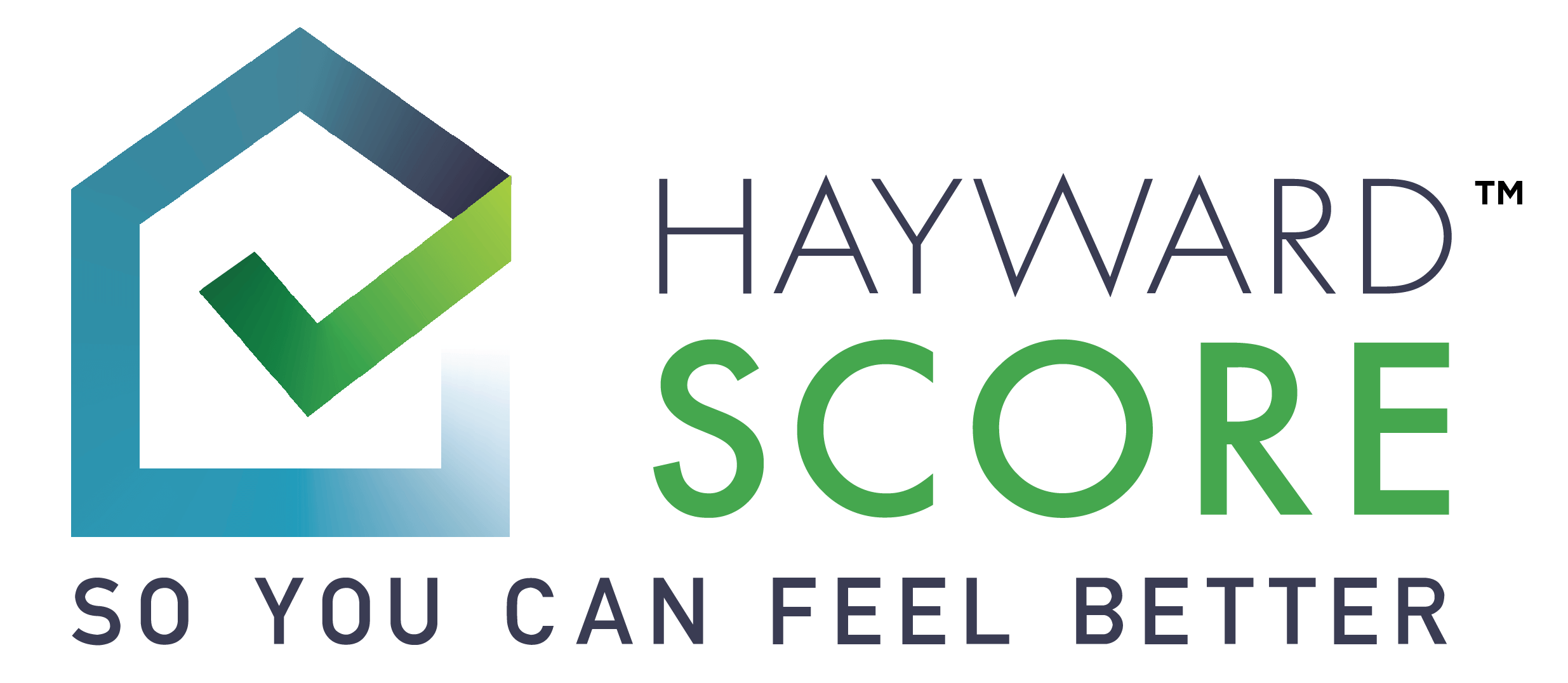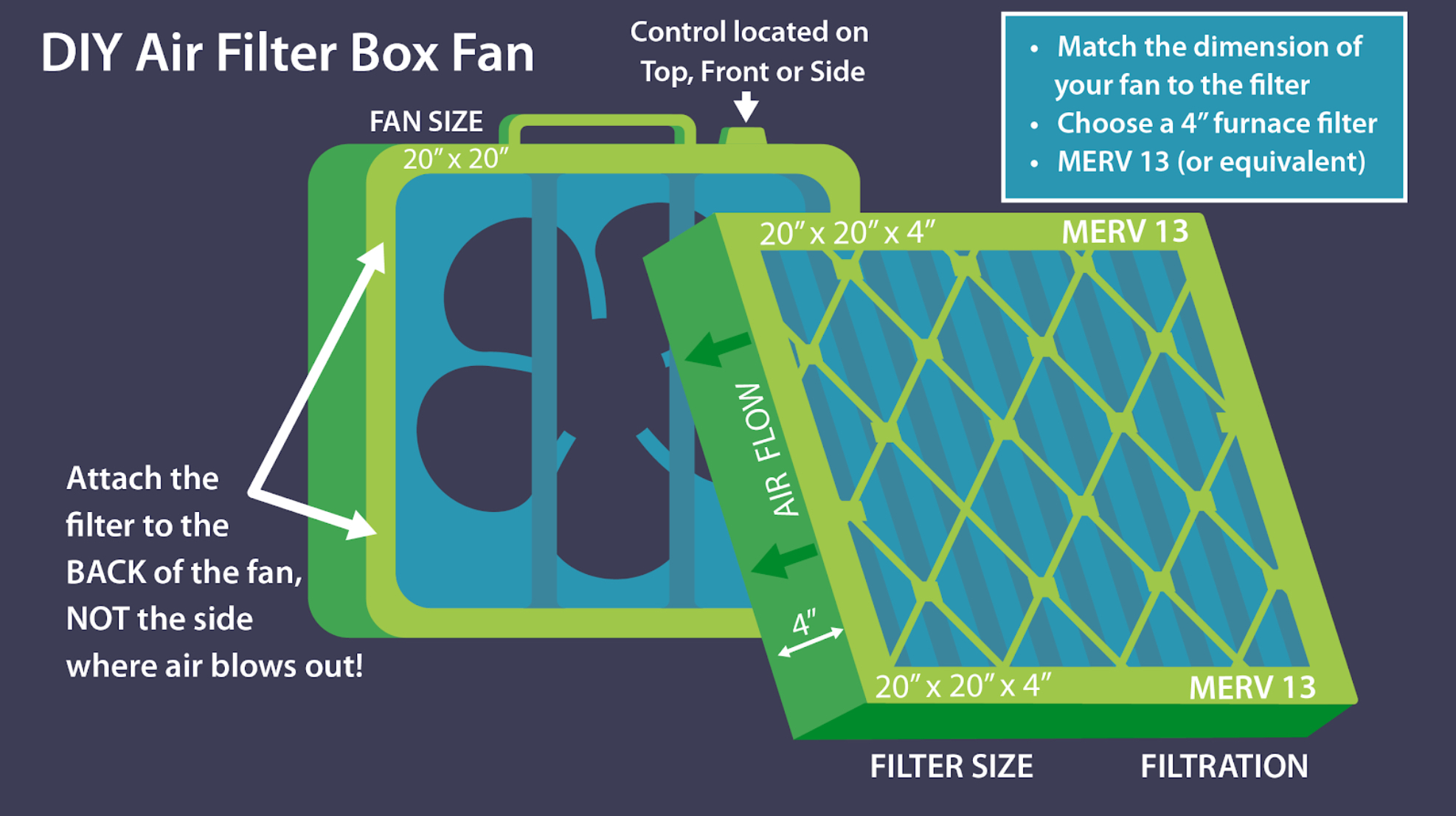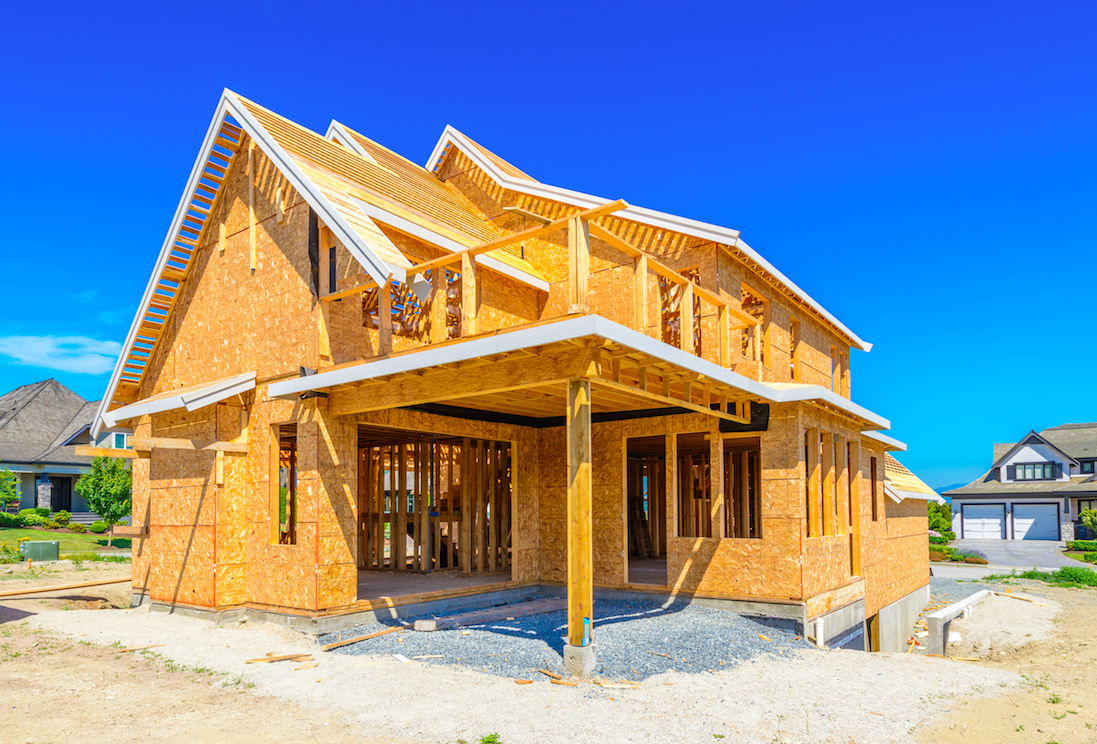The COVID-19 pandemic is at the top of everyone’s mind, both by public health mandate and for personal survival. COVID-19 is called a “novel” coronavirus because it is a new variation within the family of the more common coronaviruses, and also because it is occurring in a world, unlike previous pandemics. One example is its unprecedented ability to spread globally, not “around the world in 80 days” of yore, but in a spectacularly short 48 hours with jet travel.
This “novel” virus is being met with the latest scientific technology and medical advances. Its identity was quickly established. Its genome was mapped in about two weeks. American society, actually the world society, has been remade in fundamental ways in less than a week. Cities are shutting down as businesses and schools close, community activities are canceled, and those over 65 are advised to stay at home. All of these actions qualify as “novel” in modern American society.
What is not novel are the conditions that can fundamentally promote health while confined inside your home during prolonged periods of self-quarantine, social distancing, or shelter-in-place. The basic principles of health have been intuitively known for centuries and were formalized over 100 years ago by Florence Nightingale after her experiences as a nurse during the Crimean War (1853-1856):
- “Of all the remedies I have used or seen in use, I can find but one thing that I can call remedial for the whole disease… and that is a profuse supply of fresh air.”
- “Second only to fresh air, however, I should be inclined to rank light in importance for the sick. Direct sunlight, not only daylight, is necessary for a speedy recovery.”
- “The health of the home/community are critical components in an individual’s health.”
Translated for today’s pandemic needs, the advice is startlingly simple: open your windows for fresh air, go outside when able for direct sunlight, and participate in the community (virtually). All in all, the wisdom of the ages as identified by Florence Nightingale may provide the most powerful personally healthy actions during these “novel” days of pandemic infection.
However, Florence Nightingale’s principles of fresh air, sunlight, and community are not easily accomplished in today’s world. Our war on the COVID-19 pandemic is not being fought on a physical battlefield, but in modern cities amid global transportation systems with complex social structures. Today’s “patients” are not physically wounded but are infected with a potentially deadly contagious virus. People are not treated communally inside tents occupied with others with similar afflictions but confined in houses or apartments isolated from community and friends. Our protective structures do not always allow fresh air and sunlight – the foundational natural elements of health and healing – but are deliberately designed to block humans from the outdoor environment.
Florence Nightingale’s principles worked easily under the extremes of a war-time battlefield. They can work again in today’s complex world but require modern methods. These methods are the subject of Parts 2 and 3.
Reference:
All quotations taken from publicly available PDFs of Florence Nightingale to Her Nurses (MacMillan and Co, London 1914) and Notes on Hospitals ( 3rd Edition, Longman, Green, Longman, Roberts, and Green, 1863).
Hayward Score helps you discover how your home may be impacting your health in minutes – – for FREE!
Answer a quick set of questions then get a personalized list of action items. Transform your home and health today!
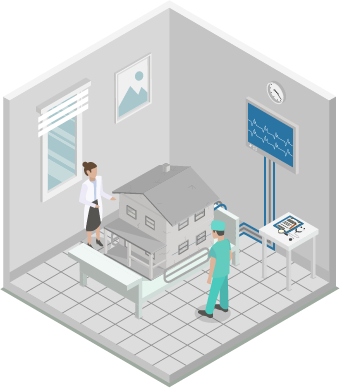
ARE YOU CONCERNED YOUR HOME IS MAKING YOU SICK?
Our guide on indoor quality will help you diagnose possible issues and implement intelligent solutions to improve the quality of the air inside your home.
